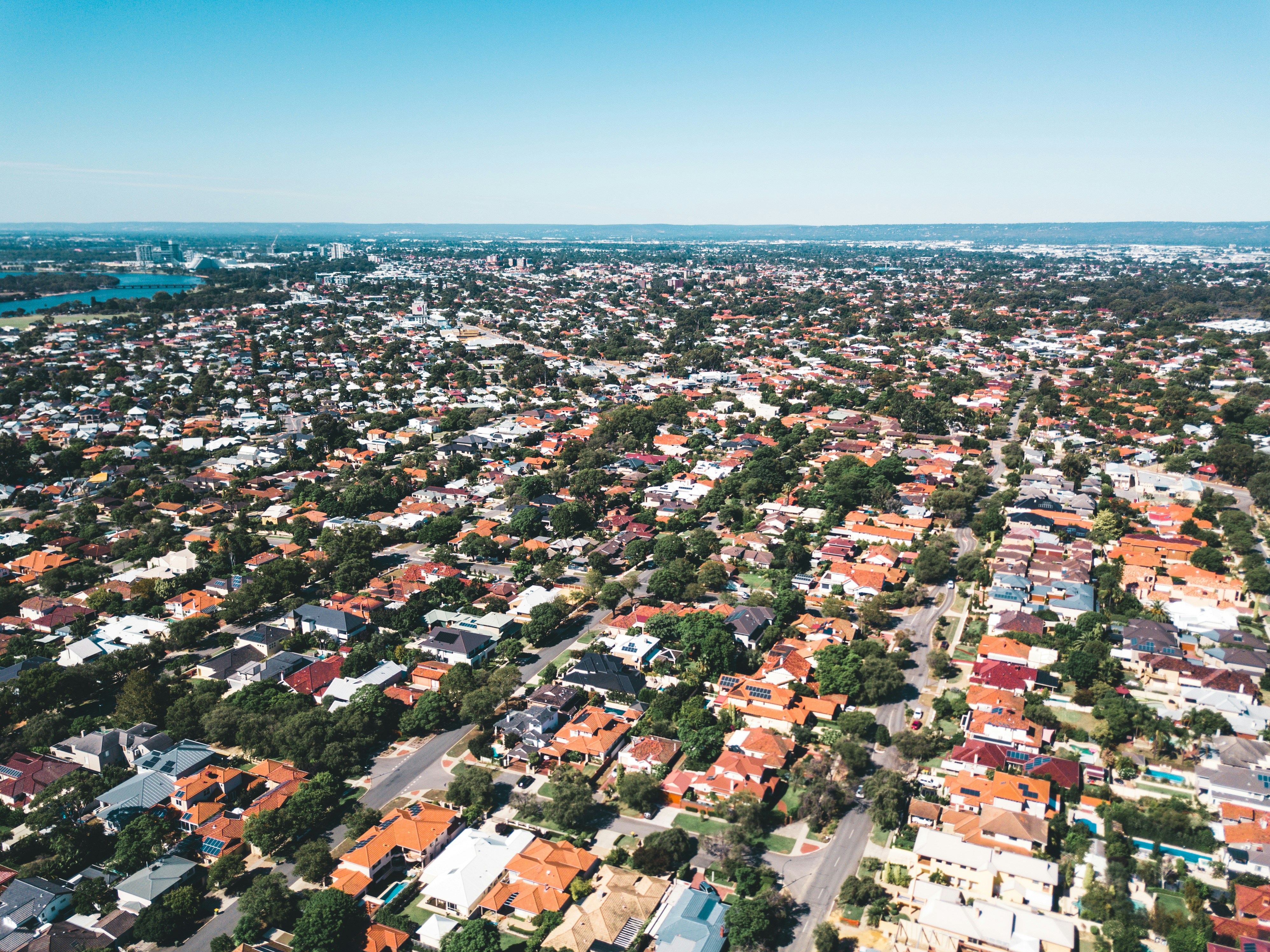In a lacklustre property market, there’s still decent growth to be found in certain areas. And surprise surprise, they don’t always come with hefty price tags.
In this newsletter, we’ll tell you which market segments are coming out on top in this market downturn.

- New modelling shows that replacing stamp duty with land tax could push up apartment prices while bringing down house prices.
- A mixed residential development is bringing private, affordable and social housing all under one roof. Private buyers are paying up to $2.4 million while some tenants are paying $100 per week.
- One of Australia’s most well-known real estate agents, John McGrath, thinks the next 6-12 months is the best time to snap up a bargain property.

- Australia’s residential real estate is worth $9.97 trillion, according to CoreLogic.
- That’s about:
- triple the value of Australia’s superannuation
- 3.5x of our share market
- more than 8x the commercial property market.
Diving Deeper
- Across the capital cities, the most affordable segment (properties priced roughly below $414,695) increased in value by 3.4% while the high end fell by 1.4% in the 3 months to May 2022, according to CoreLogic data.
- Cheaper housing sub-markets outperformed their more expensive counterparts in almost every capital city except Darwin.
- Adelaide led the charge with 6.4% price growth in its most affordable segment in the 3 months to May 2022, followed by Brisbane’s 6.2%.
- The top quarter of the Sydney market saw the poorest performance of -2.7%. Its Melbourne counterpart recorded a change of -2%.
- Five segments recorded negative value changes: Sydney’s and Melbourne’s top and middle end, as well as Hobart’s top end. All of the lower end segments saw value growth.
- Canberra recorded the most dramatic difference between the price brackets. Homes in the most affordable quarter climbed by 4.1% while the upper segment nudged up by 0.6%.
- While prices in the lower end have shown more resilience, it’s likely that they will follow the downward trend of its upper counterparts but at a slower pace. In May, the most affordable properties in Sydney already decreased by 0.2%, despite still showing growth over the quarter.

Source: CoreLogic
What does this mean for you?
- The upper end of the market is bearing the brunt of the downturn, at least for now. This trend is typical and to be expected for property markets facing a major change, according to CoreLogic. It’s not a big surprise as pricier sub-markets can often be more volatile and more sensitive to credit condition changes.
- Investors owning property in the bottom quarter are less likely to be as leveraged as those who have parked their money in the top end, making the more affordable segment more resilient to short-term movements.
- Affordable properties may be a wise option when considering expanding your property portfolio, especially amid rising interest rates and stricter serviceability tests. It can carry comparatively less risk to buy a property that doesn’t require you to stretch your finances to the same level as more expensive properties. Meanwhile, many properties in the affordable price brackets offer decent value and growth for its price point.
- Buying an affordable property doesn’t always mean buying one that’s sub-par. There are still ways to buy affordable, quality investment properties with strong rental returns, though investors need to be smarter about the property type and location, as property markets are moving at varying paces. The good news is that buyers currently have the upper hand, so investors should use the opportunity wisely. You can maximise your position by mapping out your financing strategy and using trusted research sources.
- Don't forget, however, that investing in cheaper properties can be a double-edged sword. For example, units have generally recorded smaller capital gains and secondary properties often struggle to maintain their value during a market downturn.
Prices at a glance
Houses

Units

Brisbane, Adelaide and Hobart saw values climb across both houses and units. For a second month in a row, Adelaide property values grew the fastest across the capital cities for both houses & units.
Over the year, Sydney’s median house price eased from 17.1% in April to 12.0% in May. Melbourne’s house prices saw a comparatively steadier decrease rate in the past 12 months, from 10.1% down to 6.9%. Brisbane’s annual house value growth also slowed but is still above 30%.
Interestingly, across all markets except Adelaide and Darwin, unit markets performed better than that of houses.
The capital city average values are starting to decline in both house and unit markets. Regional dwelling prices are still growing, albeit at a slower pace of 0.5% in May compared to 1.4% in April.












